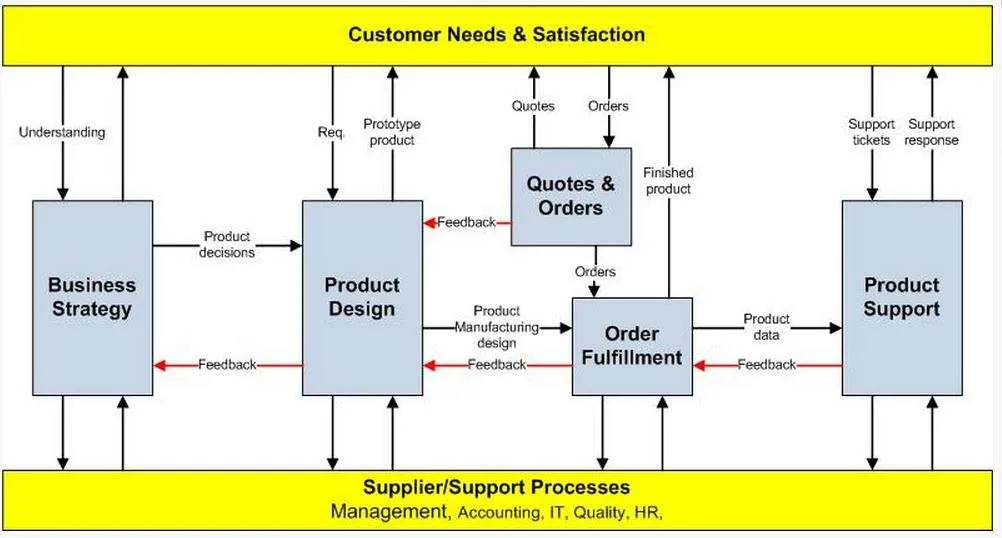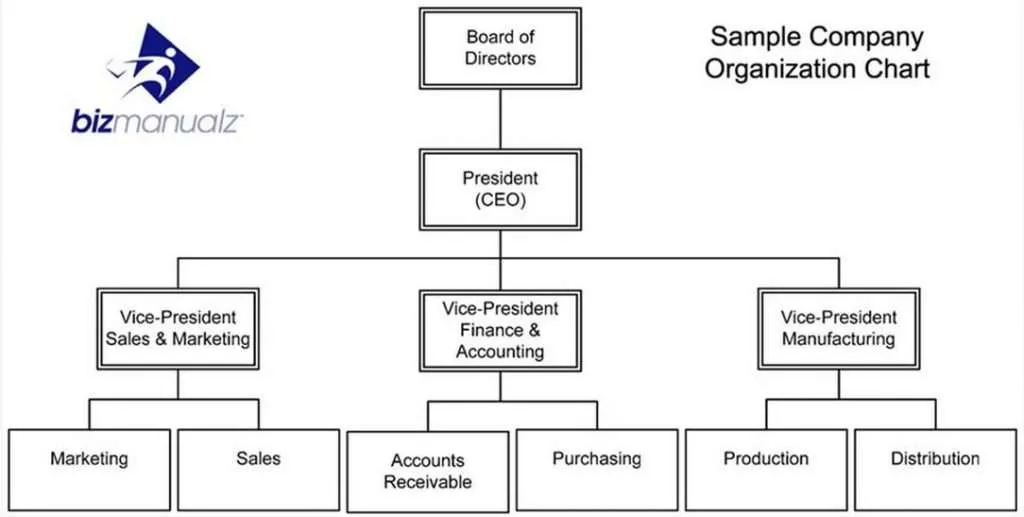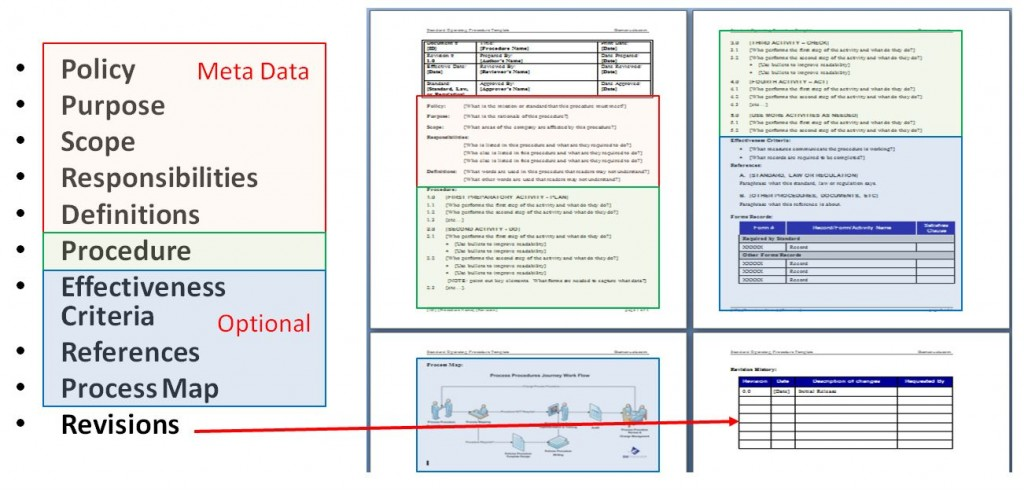The larger your business becomes, the harder it is to track all that happens and the processes required. While this may not be an immediate concern, as each department or team knows its roles, it can limit your ability to oversee and spot inefficiencies in the business. Storing all the information your business needs in one location can be helpful – both in the long term, to onboard new staff, and in the short term when reflecting on the effectiveness of your business.
A business operations manual can help with this, compiling all the procedures, processes, and actions your business takes into one document. If you haven’t created one before, this can be a hefty undertaking demanding a significant portion of your time to put together. Nonetheless, it’s crucial to have, and much of the documentation can be copied from other sources or adapted from the company policies and procedures files your departments already use.
What Is a Business Operations Manual?
Essentially, a business operations manual is a set of instructions on what someone would need to do to keep your business afloat and working efficiently. This means including all the necessary day-to-day procedures alongside your contingency plans for emergencies. Even with no additional context about your business, a stranger should be able to understand what needs to happen, so your explanations need to be complete and clear.
Creating a business operations manual can be a way of reviewing your processes and identifying inefficiencies in the workflow. You can then work to improve your business by sharing knowledge between departments, introducing everyone to the best video conference room setup, and reducing unnecessary steps in the processes. It also helps to designate responsibility for different tasks and procedures, highlighting who is accountable and what the chain of command is.

Image Sourced from bizmanualz.com
How to Create a Killer Business Operations Manual
Building your business operations manual does not happen overnight but requires planning, collaboration, and time. Before you launch into it, identify the key areas you want to include and how you want to structure your manual. It could include organized productivity plans, general marketing strategies in use, or anything else you consider helpful.
To get you started on creating a killer business operations manual, we’ll take you through the main steps and provide some good templates to help you cover the various sections your business requires. Templates can help you think this through, although they aren’t prescriptive and should adjust to your business needs. However, if you’re starting from scratch, try using the following steps:
1. Choose a Format
Traditionally, business operations manuals have been printed in hard copies to be kept in a central location in your business offices. This still may be useful to you, particularly if your primary operations happen in one location that your employees all regularly access. However, with businesses moving more online, hiring remote workers, and not using physical offices, a virtual copy stored using cloud software may be more suitable for your business.
Choosing an online format for your business operations manual also allows you to make updates and adjustments without adding a chunky appendix to the document. It keeps the manual relevant and helpful for your employees, saving printing costs and sharing the changes immediately. Different digital workplace services and software provide templates for you and various methods of sharing the manual once it’s finished.

Image Sourced from bizmanualz.com
2. Create a Layout
Using the same layout throughout the business operations manual makes it easier for employees to read and for you to find information. It’s not too important what layout you choose, as long as it works for you and is consistent throughout. Depending on the software you use, there may be recommended operations manual layouts to choose from or themes. Selecting these at the start helps you to apply the same formatting to your entire document.
Your layout mainly consists of your chosen font, section headers, and list styles. Depending on your business, there may be specific layout items to consider, such as how you caption images, label screenshots, or organize your processes, or if your business is on the contact center VoIP solutions, the best layouts and workspace designs are the ones that aid productivity while conserving space. Templates can also help with this, showing you what your headings should look like and how to structure your operations manual to make your writing clearer.
3. Draw Your Company Hierarchy
As part of the content of your business operations manual, it’s helpful to outline the hierarchy of your business near the beginning. It helps to quickly direct readers to their supervisors or managers if they have questions and highlight the chain of command. A diagram can be a helpful and visual way of who each role reports to, labeling who is head of functionality agile testing or customer support and using arrows to show communication links.
The way your company hierarchy looks is up to you, but it should not be overly complicated. Use job titles or roles instead of employee names, as this makes the hierarchy diagram timeless while still being valuable. Instead of updating it every time, there is a new hire, you only have to adjust it if the job positions change or take on new responsibilities. It gives readers a basic explanation of your entire business and identifies who they should be talking to.

Image Sourced from bizmanualz.com
4. Add Job Descriptions and Contact Details
Going into more detail than your hierarchy diagram, state the job role and requirements of the positions labeled within your company. You can copy job descriptions if this is easier for you. This can be as basic as listing the job title, the department it’s under, who they report to, who reports to them, and the main processes they’re responsible for. Templates can help identify what information needs to be included here while keeping it concise.
You may want to link the contact details section to the job descriptions to make them easy to navigate. However, the contact details may need updating more than the rest of your business operations manual. For this reason, keeping these together can be handy, listing employees by department or alphabetically alongside their email or number-hosted business phone systems. Keeping these current allows your employees to easily reach anyone.
5. Link to Processes and Procedures
The majority of your business operations manual should be taken up with the processes that go on within it. Many of your standard operating procedures (SOP) may already be documented, so link to where these are located on your cloud storage, or copy them into your manual. Documenting your processes should provide basic instructions on how to complete them and be organized appropriately, such as by department or according to categories of tasks.
Make sure to include your emergency procedures too, and tell your employees where to find them during training sessions. Hopefully, you won’t use these, but if they are needed, you want them to be easily accessible. Use standard business document templates to ensure you fully explain what should be done in each scenario, and mark the section with your headings and in your contents pages. It should cover what to do in all likely emergencies, which will vary from business to business.

Image Sourced from bizmanualz.com
6. Distribute the Manual
Once you’ve completed your operations manual, you need to share it with your employees. If they don’t know it exists or how to access it, it’s not going to be used. Either this requires printing out a hard copy and telling your office where it’s stored, or sharing it online and directing your employees to where it’s located in your cloud storage. People need reminding frequently, so add a link to your weekly company newsletter and include it in training sessions.
If your teams adapt their processes or information changes, you need to update these within the operations manual through an in-person or a virtual meeting. Every time you update the content in the manual, inform your employees again. This prevents them from mistakenly following old procedures or contacting unused email addresses, helping increase their productivity. When new hires join your company, ensure they get access to your manual, know how to use it, and update information inside it.
What Does Your Business Operations Manual Look Like?
There’s no one way of creating a business operations manual – that’s why there are so many templates available online, including different information and sections. What’s relevant to your business may not be important to another, so it’s up to you to decide what should be included. Base your business operations manual on what will be helpful for your employees and the procedures you use regularly, adding to it as needed to keep it relevant.
Other sections you may want to include could be password lists, active hours of your departments, recovery plans, and phone numbers for customers. If a template doesn’t provide the sections you want, change it to better suit your business. Sections like these are optional and may not be needed for every business. Remember, the operations manual is by your business for your business, so tailor it to your needs.



